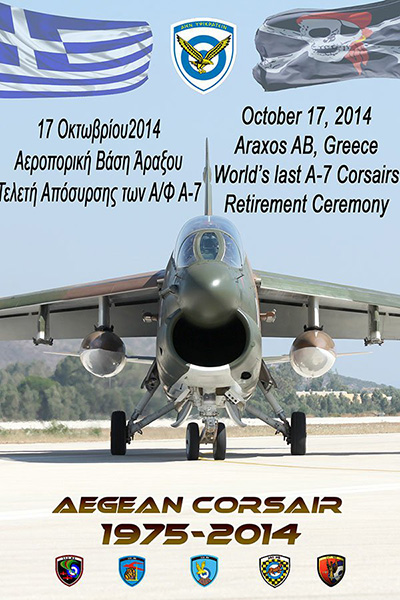
Farewell to the Corsair
Araxos, Greece, 16 and 17 October 2014
|
Farewell to the Corsair Araxos, Greece, 16 and 17 October 2014
|
|
Dozens of A-7 Corsairs were presented to the photographers over these two days. Some complete, others not so anymore. To the left, an ex U.S. Navy A-7E already retired some time earlier. At centre, one of the original A-7H models. The tiger marked A-7E at right was only grounded weeks before this picture was taken. |
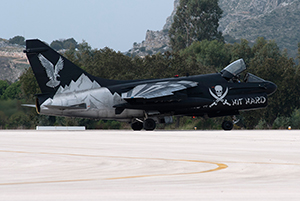
|
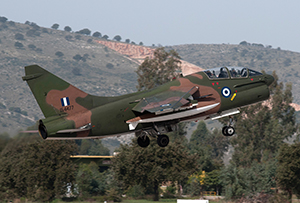
|
| A number of Corsairs were still airworthy during October of 2014. One of them being the very popular Black Pirate A-7E shown to the left. The pair of TA-7C two seaters represent the colour schemes worn during the final years of A-7 flying in Greece. |
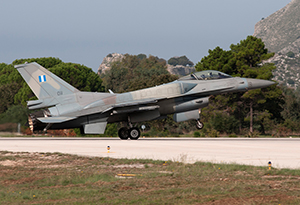
|
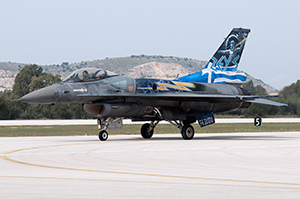
|
| The Photo Day allowed the Corsair's successor to be sampled. These F-16's represent the Hellenic Air Force's main combat strength. At left, an F-16D Block 52+ including conformal fuel tanksreturns from a training mission. The F-16D Block 52+ without its conformal tanks also belongs to 335 Mira. Also taxiing in is the F-16C Block 52+ from 340 Mira which is the Hellenic Air Force's display jet. |
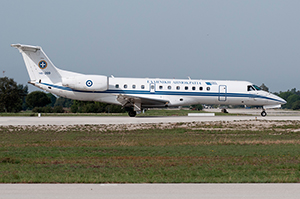
|
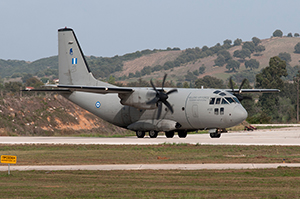
|
| Notable visitors included an Embraer ERJ.145, a C-130H Hercules and a C-27J Spartan. |
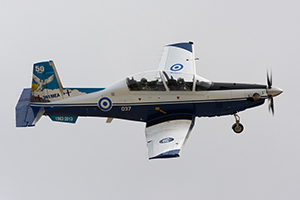
|
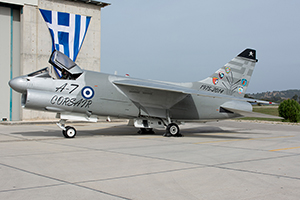
|
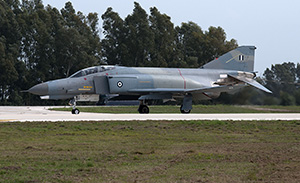
|
All pictures (c) Hans Rolink